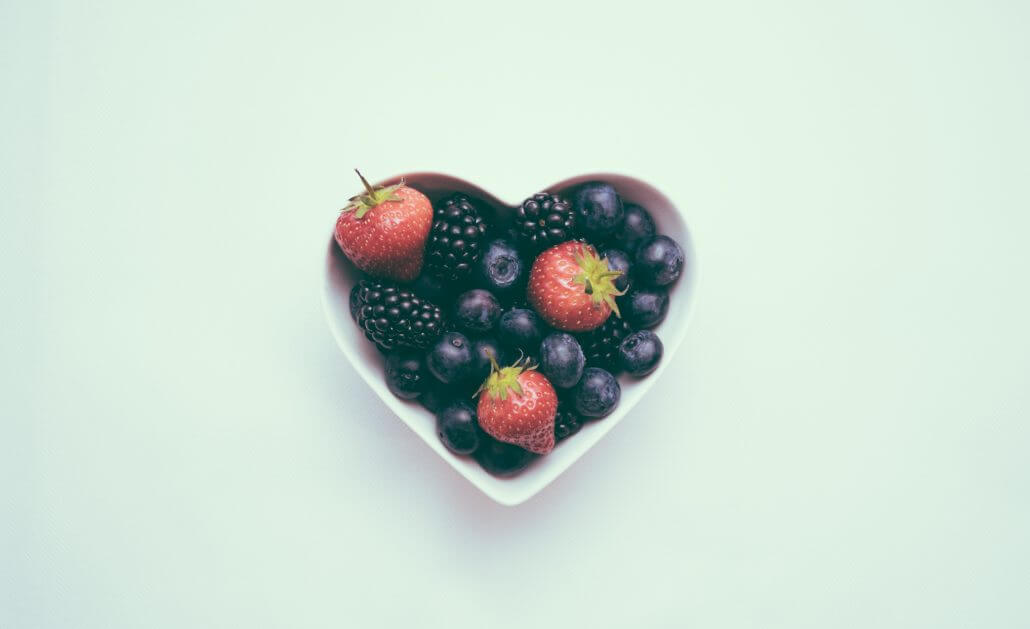What’s the Best Diet For Me? Part 5
There is no one diet that fits all.
Any book or nutritional program that claims otherwise is not being honest with you.
Because of a multitude of factors—genetics, individual gut microbiomes, allergies, and personal preferences—everyone is different in terms of what we should be eating for our most optimal health. Deciding which diet, or combination of diets, is right for you is something only you can decide. Let’s take a look at a few.
Plant-based Wholefood Diet
A plant-based diet does not mean strictly vegetarian. Some plant-based diets actually include fish and lean meats, depending on the diet’s specifics. The premise is the majority of the diet derives from foods grown in the ground:
-
Legumes
-
Whole grains
-
Fruits
-
Vegetables
-
Nuts and seeds
Extra fiber and potassium help stave off heart diseases, and because the diet is naturally low carbohydrate, it improves one’s chances of developing Type 2 Diabetes. Plant based foods are also packed with phytonutrients, useful in lowering the risk of certain cancers. Micronutrients in colorful fruits and veggies lower blood pressure, which helps reduce the risk of heart disease and stroke.
There are risk factors to note. Plant-based wholefood diets are naturally low in protein, which forces the body to use valuable stores in the muscles. Muscle loss comes with a host of issues of strength and mobility, which are particularly detrimental to the elderly. There’s also a lower intake of vitamin B12. This vitamin is only available in animal foods, such as meat, dairy, and eggs. If your plant-based diet doesn’t include lean meats or fish, a B12 supplement is necessary to prevent anemia, fatigue, numbness in the extremities, balance problems, and poor memory. An iron supplement may also be necessary.
Paleo Diet
This diet has become all the rage in recent years, focusing on how our ancestors ate by consisting of plant-based foods and oils, and lean meats. The major difference between this and the plant-based wholefood diet is the paleo diet cuts out grains—oats, wheat, barley, and rice—starchy vegetables, legumes or beans, dairy products, and high-fat meats like salami or rib meat.
A paleo diet naturally cuts out many of the chemicals and processed foods in a typical Western diet just by the nature of what is on the menu. The addition of red meat to this diet also means fewer concerns about low iron levels. A paleo diet also has anti-inflammatory effects, improving your overall feeling of energy. Protein is easier to come by on this diet, which leads to a full feeling between meals, because the body processes protein slower, so you feel satiated longer.
The downsides are that eating the paleo way can become expensive, where things like grains and beans can provide some bulk to meals but are excluded in paleo meals. It’s a very low carbohydrate diet, when the only carbs allowed are from fruits and vegetables. Getting the recommended amount of carbs a day can become a challenge. It’s also a strict diet, which means for the long term, it might not be as sustainable as some other diets.
Low Carb, High Fat Diet
A low carb, high fat diet does not necessarily mean a ketogenic diet, but a ketogenic diet can be considered low carb, high fat. In fact, it can be considered a medical therapy to treat things like irritable bowel syndrome, diabetes, obesity, high blood pressure, or fatty liver disease and more. Beyond those issues, it can boost energy, and even prevent some diseases. Higher consumption of healthy fats reduces inflammation while simultaneously decreasing consumption of inflammation-inducing foods like processed carbs and sugars. Higher amounts of protein, once again, keep us feeling full longer, decreasing our overall appetite and penchant for overeating. With increased dietary fiber and reduced carbs, we also reduce digestive stress.
There are some drawbacks. The first 7-10 days of a reduction in carbs can lead to significant drops in energy as your body adjusts to finding other fuel sources—such as fat and amino acids. While this metabolic flexibility is beneficial in the long run, it can have a rocky beginning. Your body needs time to produce enzymes and other chemicals required to switch to fat as your primary fuel source. This can be headed off with a slower immersion into low carb, high fat eating, but if you’re jumping all in, be aware of possible headaches, fatigue, sleeping issues, brain fog, and even bad breath. Carbs also contain water, so reducing them can lead to intense thirst or dehydration while you balance out.
Ketogenic Diet
As we said, ketogenic diets are low carb diets, but not all low carb diets are ketogenic. The purpose of a ketogenic diet is to put you in a state of ketosis—where your body burns ketones rather than glucose for energy. This is a function of metabolic flexibility, or your body using different fuels rather than being fixated on glucose, the fuel of carbs and sugars. Ketosis teaches your body to burn fat stores—where the ketones come from—and better regulates blood sugar. Among the benefits of ketogenic diets are weight loss, better mental focus, reduced appetite, increased energy, higher HDL cholesterol—the good cholesterol—lower blood pressure, and fighting type 2 diabetes.
Ketosis, like the others, isn’t without its risks. Like the paleo diet, it can be difficult to stick to. There’s also something called “keto-flu,” which are symptoms such as fatigue, headache, and dehydration, much like the low carb, high fat diet. This comes from dropping water weight quickly and losing the water in carbs. It can be mitigated by keeping hydrated and taking electrolyte tablets. Ketogenic dieters should also be aware that high fat doesn’t mean high unhealthy fats.
The Diet For You
If any of these approaches to eating sound like a good fit for you, don’t be afraid to try them. Keep in mind, however, some diets you like might not like you. Someone who finds a plant-based wholefood diet appealing could learn they’re sensitive to plant lectins, which can actually make them feel sick and negatively impact their health. It’s not that the foods are unhealthy. It’s that the foods aren’t compatible with that person’s genetics or gut microbiome.
You have to pay attention to how these diets impact your energy, overall feeling, and your body weight. It can quickly become clear which foods you tolerate well, and which you do not. By being mindful—and keeping a food journal helps with this—you can determine the best diet for you as one of the above mentioned, or even a hybrid approach. In the end, you should strive for the broadest diet you can eat, which can lead you to the healthiest possible you.









